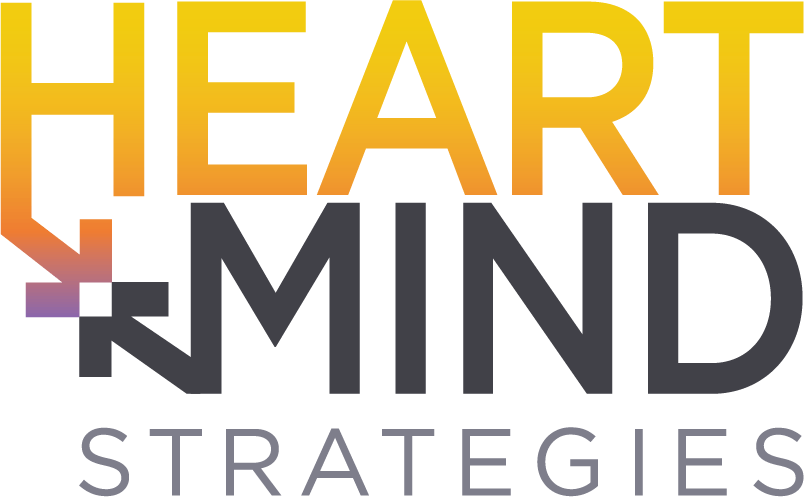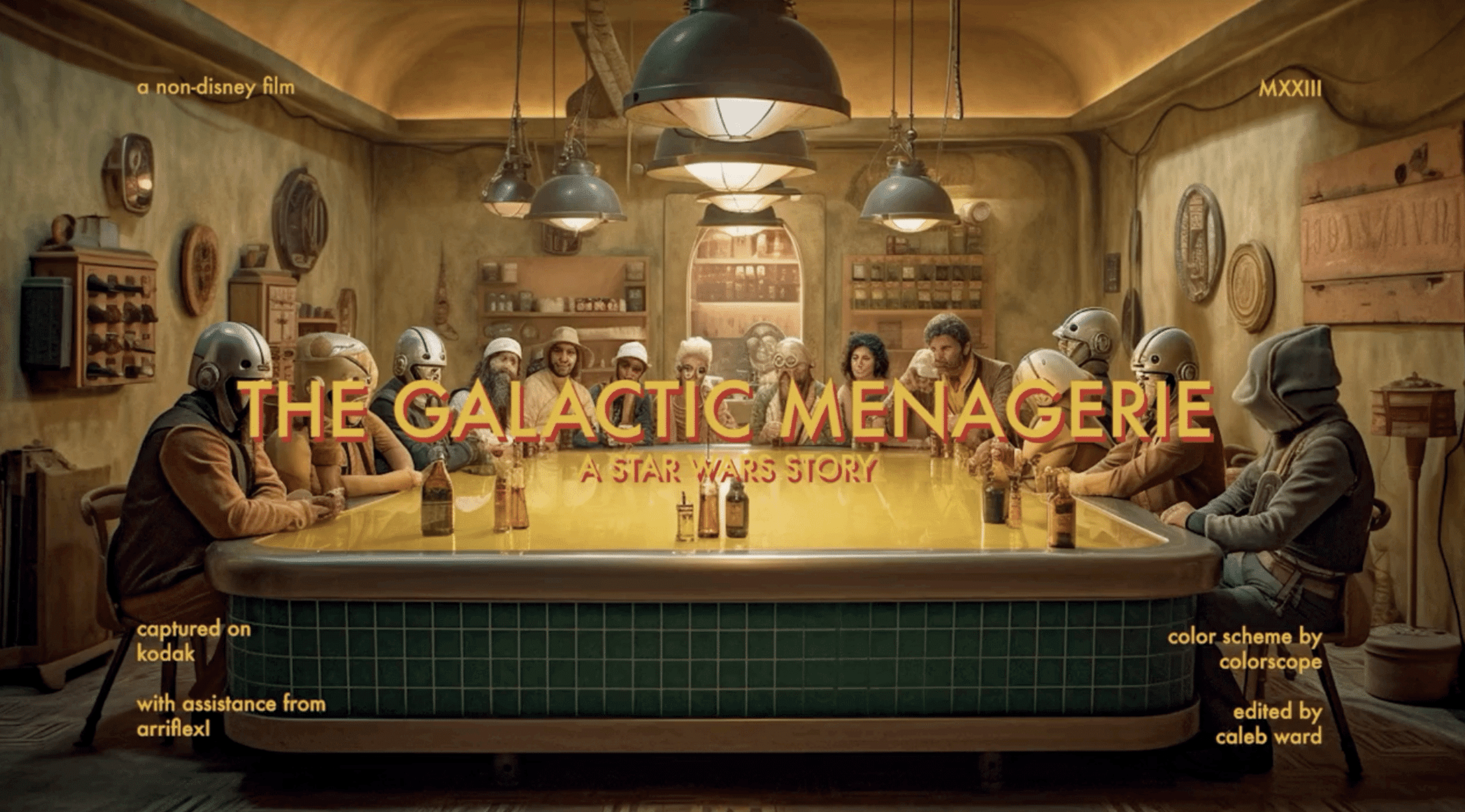What’s possible with AI? If you read the news, you’ve seen the hype surrounding artificial intelligence — on one side, experts praise the endless possibilities, innovative technology, and ground-breaking ways to use it. On the other, experts warn against the dangers, fear of the unknown, and lack of regulation surrounding the growing technology.
The AI gold rush is affecting nearly every industry, from medicine to policy to education and everything in between — including the ongoing Writer’s Guild strike in Hollywood, as critics of the strike say that ChatGPT could easily write scripts, replacing the need for screenwriters altogether. As tech companies scramble to create and innovate new AI technologies, we will continue to see countless similar headlines over the coming months. With the overwhelming influx of information and constantly changing technology, it can be difficult to cut through the noise. How do you determine the next best steps? Which AI is the best? How do you even apply it to work and daily life?
We met with experts to talk about meaningful applications of AI. These powerful tools can be helpful if you know where to start. We talked with Travis McAshan, Founder + CEO of GLIDE, a web design and development agency, and Matt Reed, creative technologist at redpepper, a creative agency and innovation lab, to learn about practical ways to apply AI to content creation, ideation, hypothesis development, analysis, business planning and operations, and market research. We also shared the results of our recent experimental qualitative study co-funded by AARP, where we utilized both traditional market research methods and generative AI.
Related: OpenAI, Friend or Foe?
First-Ever Experimental Qualitative Study Using Generative AI
We partnered with AARP to field a first-ever experimental qualitative study to explore the impact of current economic uncertainty, inflation, and job market dynamics on Americans aged 50+, using both traditional research methods and new generative AI solutions. With this project, we discovered effective ways of leveraging AI to improve and evolve insights generation work among market researchers.
The first way we used AI was in the analysis of the traditional in-depth interview text-based data to compare human vs. AI-driven pattern recognition. Our focus was specific to ChatGPT-4 given its public availability, although we included BARD as soon as it was made publicly available by Google. We explored ways to summarize and analyze respondent interviews by pulling information from the available transcripts — we prompted AI to create lists of the health concerns people mentioned, to rank those concerns in order of significance, and to create short summary statements.
The second process involved asking the same interview questions to both the human participants and the available generative AI tools, using the same approaches and techniques to extract the same insights. We asked ChatGPT to roleplay as certain personas that correlated to real human counterparts, and then we wrote a prompt that included the demographic information of the human that ChatGPT needed to act like. For example, after we interviewed Alexa (a real human respondent), we asked ChatGPT to act as Alexa, and included the following information in the prompt: a 53 year old white female, living in the suburbs, making $75-100,000 yearly as a self-employed worker with a bachelor’s degree. We then asked ChatGPT the same questions that we had asked the real Alexa and compared the answers — some of which ended up being very similar, especially in a values laddering exercise. The important thing here is not to rely on AI to tell you the answers to replace human respondents, but instead to challenge your thinking and to come up with new ideas.
Related: How Will AI Change Our Professions and Our Lives?
Business Operations, Strategy, and Management With AI
Travis McAshan, Founder + CEO at GLIDE, has already begun to implement text-based generative AI in different aspects of his business — including operations, strategy, and management. He explained the top five uses he’s found for AI:
- Refinement: Improving, optimizing, and enhancing content
- Sales: Evaluating and summarizing various data sources
- Synthesis: Creating concise summaries of key points and briefings
- Ideation: Rapid brainstorming of action plans for significant concepts
- Self-learning: Considering AI a know-it-all friend who has virtually “read” the entire internet
“The amount of time that I saved on doing these types of activities that would take me an inordinate amount of time of word crafting, it was just dramatically reduced,” McAshan said. “And extraordinary, right? It exceeded my expectations.”
Specific examples included asking ChatGPT to act as a virtual sales expert, and then exploring new sales compensation plans. Or coding a fully functioning web crawler in less than an hour — with no previous coding experience. McAshan said they’ve also used AI to help formulate support department strategies, ideating a marketing campaign, and even developing a thematic schedule of motivational quotes that he can send to his team every day. AI can tackle everything from producing missing content to designing WordPress plugins to creating first drafts of anything — and all in substantially less time than it would normally take for him to do these tasks. For business applications, AI usage is essentially limitless.
“I kind of jokingly say this is like having a friend who’s read the entire internet and being able to ask it any questions,” McAshan said. “What would you do with that in your business and in your daily life? You know, my water heater broke and I had to buy a new water heater, and I had a long conversation with ChatGPT about water heaters and the types of water heaters and how they work, and what I should look out for when I’m buying one from a person that’s installing it. I walked away more confident about having that conversation with someone where there is traditional information asymmetry, where this person knows much more than I do, and now I’ve been equipped. Well, you can take that, and you can kind of permeate that to any area of your life — and so, in business and in marketing, we’re using this in a lot of different ways.”
McAshan also shared a few helpful tips for those looking to use AI in their work:
- Be open minded, like with any new technology
- Get ChatGPT Plus ($20/month)
- Opt out of data sharing to protect client confidentiality
- Use ChatGPT-4
- Pre-save common prompts to always have them on hand
- Try beta features

Creative Image Generation With AI
Matt Reed, a creative technologist at redpepper, is no stranger to utilizing new technology in creative pursuits. He’s explored different AI technologies for image generation — including Midjourney, Dall-E, and Adobe Firefly — to use in practical marketing applications. He’s discovered incredible ways to use generative AI to create blog headers, social visuals, mockups, mood boards, product photography, and even 3D content. Depending on the prompt, AI can create different artistic styles — everything from illustrative designs to hyper-realistic photos. He even managed to get AI to produce images of Star Wars but set in the style of famed film director Wes Anderson. (See photos below — imagine if Star Wars included pastel color schemes and artsy cinematography). Though the possibilities seem endless with this kind of image generation, Reed stressed the importance that AI still needs the human touch in order to produce good content.
“When you go into Midjourney and give it that same prompt, you can get all of these variations,” Reed explained. “You could spend hours just dialing in on a prompt. You can do variations of any of these. You can change one word in the prompt, it’ll give you an entirely different result set…But you still need that human with a particular eye for what they’re creatively trying to pull off to guide these tools.”
In addition, it’s important to practice with different prompts and wording to get the kind of result you’re looking for. Reed said it took a lot of trial error with prompts to fine-tune their approach and to get generative AI systems to produce the content they want — understanding how to phrase or describe the kind of content you need can be a learning process, but once you get that down, AI can be a powerful tool.
“It’s a little co-pilot,” Reed said. “One of our guys refers to it as like this mechanical arm, like it’s this bionic arm that you’ve attached to yourself. You have this co-pilot with you that can give you things to think about. It’s a good way to get your brain going. It’s a jump starter.”




Related: 10 Ways Businesses Can Use AI
Conclusion
As the AI gold rush takes off, some critics are calling for policies and legislation to help safeguard AI usage. Earlier last week, OpenAI CEO Sam Altman testified before Congress on the dangers and risks of AI, urging lawmakers to regulate artificial intelligence during a Senate panel hearing.
“I think there is a little bit of the wild west here,” McAshan said. “I feel like there is a gold rush happening and no one really wants to put the guardrails in place that they should probably be putting in place. ChatGPT released before the legislation was ready to accept it and understand it. It’s moving faster than the world…The problem is the good people are going to use it for the good, but the bad people are going to use it for the really bad.”
It might be a while before Washington can figure out how to create laws to govern superintelligence, but in the meantime, brands and organizations should also create their own policies on AI for ethical usage, privacy, data security, and client confidentiality. One of the easiest ways for brands to do this is to opt out of the data sharing on ChatGPT — you can turn it on and off with each prompt or conversation with AI, which makes it convenient to add an extra layer of security when needed.
Reed also emphasized the importance of using AI thoughtfully and accountably. It can be an influential tool in creating business strategies or content marketing, but it still needs supervision in the same way that any project would, because it’s your brand reputation that’s on the line if it’s used wrongly.
“One thing I’ll say is this is still our reputation,” Reed said. “Like we can use these tools all we want, but in the end, it’s our reputation. We’re the gatekeepers. I think maybe Travis said we’re the gatekeepers of what goes out into the world, and so it’s going to come back to us. Just like if it was an intern that created something really neat that was inspired by something, we’re going to vet that before it goes out the door, obviously, just like we would any project.”




